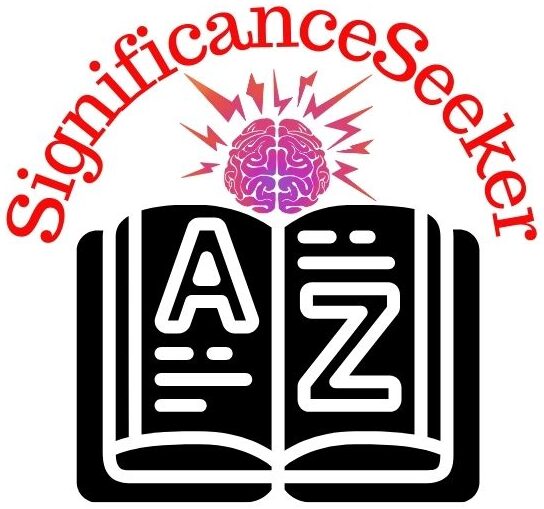The Egyptian Ankh, often referred to as the key of life or the key of the Nile, is one of the most recognizable symbols from ancient Egypt. Its origins date back thousands of years, and its significance extends far beyond the boundaries of Egypt. In this article, we will delve into the spiritual meaning of the Egyptian Ankh, exploring its origins, symbolism, and relevance in modern times.
Origin and Symbolism of the Ankh
The Ankh symbol has deep roots in ancient Egyptian culture, where it was often depicted in the hands of gods and goddesses, particularly those associated with life and fertility. The looped cross is believed to represent the union of male and female energies, symbolizing the creation of life and the perpetuation of existence. It is also interpreted as a symbol of eternal life, with the loop representing the eternal soul and the crossbar representing the material world.
Ankh in Spiritual Practices
Throughout history, the Ankh has been used in various rituals and ceremonies in ancient Egypt, serving as a talisman of protection and a symbol of divine power. Today, it continues to hold significance in modern spiritual practices, where it is often used as a tool for meditation, healing, and spiritual growth. Many believe that meditating on the Ankh can help connect them to the divine source of life and energy.
Representation of Life and Immortality
One of the central themes associated with the Ankh is its representation of life and immortality. In ancient Egyptian belief, life was not viewed as a linear progression but rather as a cyclical journey that extended beyond the physical realm. The Ankh symbolizes the eternal cycle of life, death, and rebirth, offering hope for the soul’s journey beyond this world and into the afterlife.
Ankh in Art and Architecture
The Ankh is prominently featured in ancient Egyptian art and architecture, where it can be found carved into temple walls, engraved on sarcophagi, and depicted in hieroglyphs. Its presence in these sacred spaces reinforces its role as a symbol of divine protection and spiritual significance.
Modern Interpretations and Adaptations
In contemporary culture, the Ankh has been embraced by people around the world as a symbol of personal empowerment and spiritual awakening. It is often worn as jewelry or incorporated into tattoos as a reminder of one’s connection to the divine and the eternal nature of the soul. Additionally, it has found its way into various forms of art and fashion, where it continues to captivate and inspire.
Ankh in Metaphysical Healing
Some practitioners believe that the Ankh possesses healing properties that can help restore balance and harmony to the body, mind, and spirit. By meditating with the Ankh or placing it on specific energy centers of the body, individuals seek to channel its life-affirming energy and promote holistic well-being.
Spiritual Significance Beyond Egypt
While the Ankh is closely associated with ancient Egypt, its symbolism transcends cultural boundaries and has been embraced by people of diverse backgrounds and beliefs. It serves as a powerful reminder of the interconnectedness of all life and the universal quest for meaning and purpose.
Ankh as a Personal Symbol
For many individuals, the Ankh holds personal significance as a symbol of empowerment and self-discovery. Whether worn as a piece of jewelry or displayed in one’s home, it serves as a constant reminder of the inherent divinity within each person and the infinite possibilities that lie ahead.
Misconceptions and Controversies
Like many ancient symbols, the Ankh has faced misconceptions and controversies over the years, including allegations of cultural appropriation and commercialization. It is important to approach the Ankh with respect and reverence, recognizing its deep roots in Egyptian culture and its significance to millions of people around the world.
The Ankh in Popular Culture
The Ankh has made its mark on popular culture, appearing in literature, films, and music as a symbol of mysticism and spiritual wisdom. From fantasy novels to blockbuster movies, its iconic shape has captured the imagination of audiences and continues to inspire creative expression.
Interpreting Ankh Symbolism Today
In today’s fast-paced world, the Ankh offers a timeless message of hope, renewal, and transformation. Whether used as a spiritual tool or simply admired for its beauty, it serves as a beacon of light in a world filled with uncertainty and turmoil.

Cultural Preservation and Education
As interest in ancient Egyptian culture continues to grow, efforts to preserve the cultural significance of the Ankh have become increasingly important. By educating people about its history and symbolism, we can ensure that this sacred symbol continues to inspire and uplift future generations.
Related: Authentic Hamsa Symbol Home Décor
Conclusion
The Egyptian Ankh symbolizes the eternal cycle of life, death, and rebirth, offering a profound reminder of the interconnectedness of all living beings. Whether used in ancient rituals or modern spiritual practices, its message of hope and renewal continues to resonate with people around the world.
FAQs
1. What does the Ankh symbol represent?
The Ankh symbolizes life, immortality, and the eternal soul in ancient Egyptian culture.
2. Is the Ankh associated with any specific deity?
While it is often depicted in the hands of gods and goddesses, the Ankh itself does not represent any single deity.
3. How can I incorporate the Ankh into my spiritual practice?
You can meditate on the Ankh, wear it as jewelry, or incorporate it into your rituals and ceremonies to connect with its life-affirming energy.
4. Are there any taboos or cultural sensitivities related to the Ankh?
It is important to approach the Ankh with respect and reverence, recognizing its significance in Egyptian culture.
5. Can non-Egyptians use the Ankh symbol in their spiritual practices? Yes, the Ankh symbol has been embraced by people of diverse backgrounds and beliefs as a symbol of personal empowerment and spiritual awakening.

